detail profile chuck jones
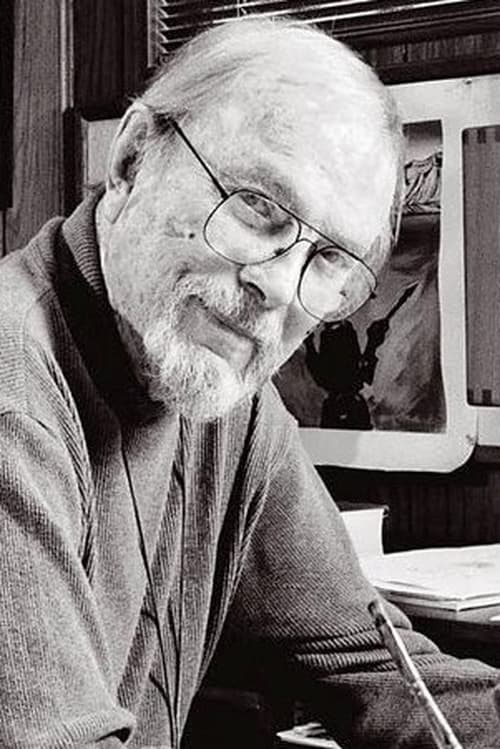
Chuck Jones
Charles M. Jones
atau dikenal sebagai
Riwayat Hidup
Charles Martin "Chuck" Jones (September 21, 1912 – February 22, 2002) was an American animator, cartoon artist, screenwriter, producer, and director of animated films, most memorably of Looney Tunes and Merrie Melodies shorts for the Warner Bros.
Cartoons studio.
He directed many of the classic short animated cartoons starring Bugs Bunny, Daffy Duck, the Road Runner and Wile E.
Coyote, Sylvester, Pepé Le Pew and a slew of other Warner characters.
Three of these shorts (Duck Amuck, One Froggy Evening and What's Opera, Doc?) were later inducted into the National Film Registry.
Chief among Jones' other works was the famous "Hunting Trilogy" of Rabbit Fire, Rabbit Seasoning, and Duck! Rabbit, Duck! (1951–1953).
After his career at Warner Bros.
ended in 1962, Jones started Sib Tower 12 Productions and began producing cartoons for Metro-Goldwyn-Mayer, including a new series of Tom and Jerry shorts and the television adaptation of Dr.
Seuss' How the Grinch Stole Christmas!.
He later started his own studio, Chuck Jones Productions, which created several one-shot specials, and periodically worked on Looney Tunes related works.
Info Pribadi
Peran Yang Di Mainkan Chuck Jones
 Salesman Roy Knable spends all his...
Salesman Roy Knable spends all his...Stay Tuned 1992
Salesman Roy Knable spends all his free time watching television, to the exasperation of his wife, Helen. One day, TV salesman Spike convinces Roy to buy a satellite dish offering 666 channels. The new addition to Roy's home entertainment system sucks him and Helen into Hellvision, a realm run by Spike, who is an emissary of Satan. For 24 hours, the couple must survive devilish parodies of TV programs if they want to return to reality alive.
 Young sweethearts Billy and Kate move...
Young sweethearts Billy and Kate move...Gremlins 2: The New Batch 1990
Young sweethearts Billy and Kate move to the Big Apple, land jobs in a high-tech office park and soon reunite with the friendly and lovable Gizmo. But a series of accidents creates a whole new generation of Gremlins. The situation worsens when the devilish green creatures invade a top-secret laboratory and develop genetically altered powers, making them even harder to destroy!
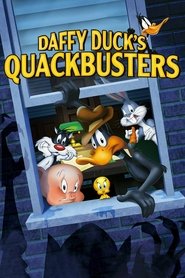 In this featurelength film combining footage...
In this featurelength film combining footage...Daffy Duck's Quackbusters 1988
In this feature-length film combining footage from classic Warner Brothers cartoon shorts with newly animated bridging sequences, Daffy Duck, after having induced laughter in an ailing millionaire and forestalled the millionaire's death for a time (as chronicled in Daffy Dilly (1948), is the beneficiary for the deceased millionaire's assets. But the millionaire's will clearly stipulates that Daffy must use the money for the common good, by providing a service, and should Daffy think of pursuing selfish aims, the millionaire's ghost will "repossess" his millions by making them disappear from Earthly existence. Under the pretense of community service, Daffy opens an exorcism agency and employs Porky Pig, Sylvester Cat, and Bugs Bunny to track and eliminate ghosts, ghouls, and other monsters, while Daffy secretly schemes to use his learned "ghost-busting" talents to rid himself of the millionaire's nagging spirit.
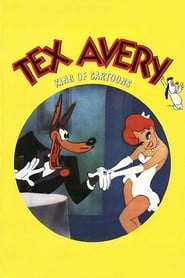 A documentary about the life and...
A documentary about the life and...Tex Avery: King of Cartoons 1988
A documentary about the life and career of legendary cartoon director Fred "Tex" Avery.
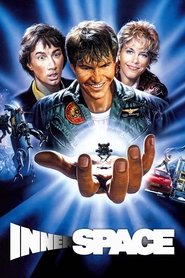 Test pilot Tuck Pendleton volunteers to...
Test pilot Tuck Pendleton volunteers to...Innerspace 1987
Test pilot Tuck Pendleton volunteers to test a special vessel for a miniaturization experiment. Accidentally injected into a neurotic hypochondriac, Jack Putter, Tuck must convince Jack to find his ex-girlfriend, Lydia Maxwell, to help him extract Tuck and his ship and re-enlarge them before his oxygen runs out.
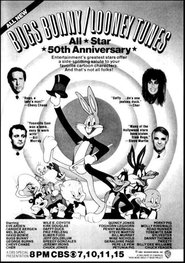 Celebrities are interviewed about the social...
Celebrities are interviewed about the social...Bugs Bunny/Looney Tunes All-Star 50th Anniversary 1986
Celebrities are interviewed about the social and working lives of Bugs, Daffy, Porky and the rest of the Looney Tunes.
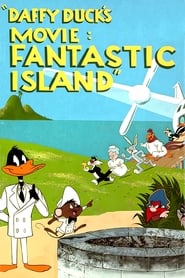 Daffy Duck and Speedy Gonzales find...
Daffy Duck and Speedy Gonzales find...Daffy Duck's Movie: Fantastic Island 1983
Daffy Duck and Speedy Gonzales find a treasure map that leads them to a wishing well, which for a penny will grant any wish (through old cartoon footage). Daffy sets up a resort around the well and various Looney Tunes characters have their dreams come true. Meanwhile, Yosemite Sam and the Tasmanian Devil hunt for the varmints who stole their treasure map!
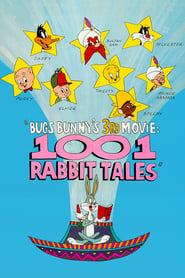 If Bugs Bunny were to direct...
If Bugs Bunny were to direct...Bugs Bunny's 3rd Movie: 1001 Rabbit Tales 1982
If Bugs Bunny were to direct his signature inquiry--"What's up, doc?"--toward the modern-day Warner Bros. creative team, he wouldn't be far off. For 1001 Rabbit Tales, they've doctored up a batch of classic cartoons featuring the carrot muncher and his bumbling comrades and bundled them, near seamlessly, into a feature-length film. Here's the premise: Bugs and Daffy, both book salesmen, are competing to sell the most copies of a kids' book. Instead of burrowing a beeline to his sales territory (he should have made a left at Albuquerque), Bugs ends up in the castle of Yosemite Sam, here a harem-leading honcho. Sam's pain-in-the-spurs son, Prince Abalaba, needs somebody to read him stories; Bugs, who'd sooner take the job than suffer the alternative, that involving being boiled in oil, signs on.
 A collection of Warner Brothers short...
A collection of Warner Brothers short...The Bugs Bunny/Road Runner Movie 1979
A collection of Warner Brothers short cartoon features, "starring" the likes of Daffy Duck, Porky Pig and Wile.E.Coyote. These animations are interspersed by Bugs Bunny reminiscing on past events and providing links between the individual animations which are otherwise unconnected. This 1979 feature-length compilation includes several of his best cartoons. Among the 11 shorts shown in their entirety are the classics "Robin Hood Daffy," "What's Opera, Doc?," "Bully for Bugs," and "Duck Amuck". The Bugs Bunny Road Runner Movie provides a showcase not only for Jones's razor-sharp timing, but for the work of his exceptional crew, which included designer Maurice Noble, writer Mike Maltese, composers Carl Stalling and Milt Franklyn, and voice actor Mel Blanc.
 The Phantom Tollbooth based upon the...
The Phantom Tollbooth based upon the...The Phantom Tollbooth 1970
The Phantom Tollbooth, based upon the children's adventure novel by Norton Juster, tells the story of a bored young boy named Milo. Unexpectedly receiving a magic tollbooth and, having nothing better to do, Milo drives through it and enters a kingdom in turmoil following the loss of its princesses, Rhyme and Reason.
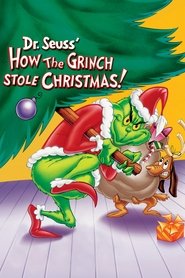 Bitter and hateful the Grinch is...
Bitter and hateful the Grinch is...How the Grinch Stole Christmas! 1966
Bitter and hateful, the Grinch is irritated at the thought of a nearby village having a happy time celebrating Christmas. Disguised as Santa Claus, with his dog made to look like a reindeer, he decides to raid the village to steal all the Christmas things.
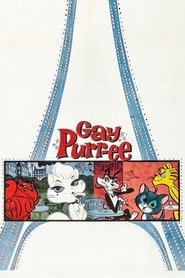 Mewsette is a starryeyed cat who...
Mewsette is a starryeyed cat who...Gay Purr-ee 1962
Mewsette is a starry-eyed cat who grows weary of life on a French farm and heads for the excitement of 1890s Paris. Her tomcat suitor, Jaune-Tom, and his furry cohort, Robespierre, chase after Mewsette, but she's already fallen under the spell of a feline modeling-school racket run by Madame Rubens-Chatte and her slimy assistant, Meowrice.
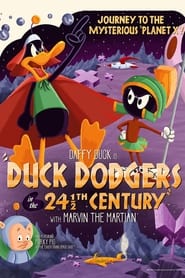 Space hero Daffy battles Marvin the...
Space hero Daffy battles Marvin the...Duck Dodgers in the 24½th Century 1953
Space hero Daffy battles Marvin the Martian for control of Planet X.
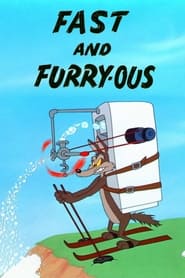 This was the debut for Wile...
This was the debut for Wile...Fast and Furry-ous 1949
This was the debut for Wile E. Coyote and the Road Runner. It was also their only cartoon made in the 1940s. It set the template for the series, in which Wile E. Coyote (here given the ersatz Latin name Carnivorous Vulgaris) tries to catch Roadrunner (Accelleratii Incredibus) through many traps, plans and products, although in this first cartoon not all of the products are yet made by the Acme Corporation.
 Its Ted the Bellhops first night...
Its Ted the Bellhops first night...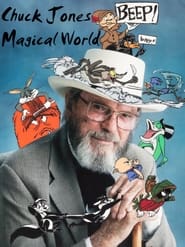 Documentary on animator Chuck Jones
Documentary on animator Chuck Jones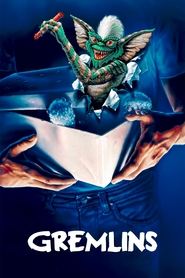 When Billy Peltzer is given a...
When Billy Peltzer is given a... The Onceler a ruined industrialist tells...
The Onceler a ruined industrialist tells... Elmer is hunting both Daffy and...
Elmer is hunting both Daffy and...